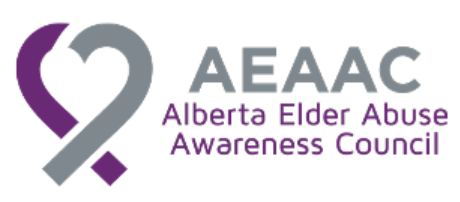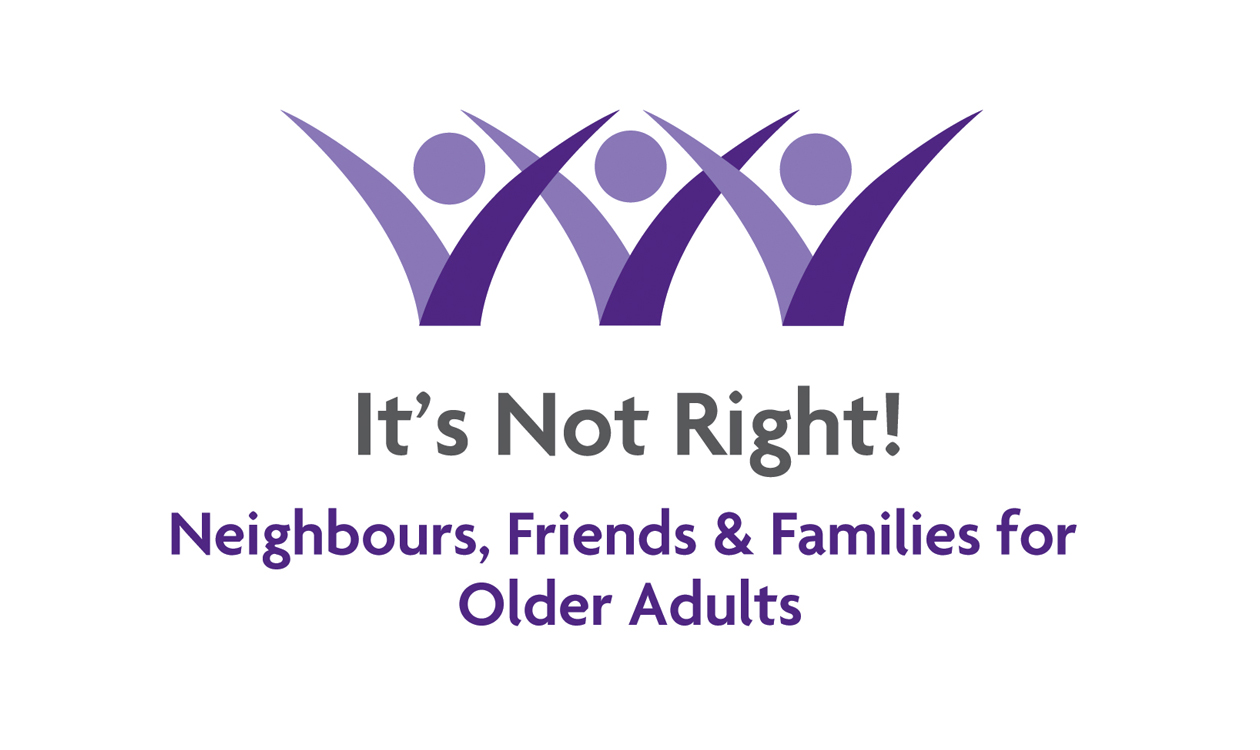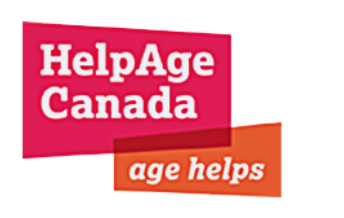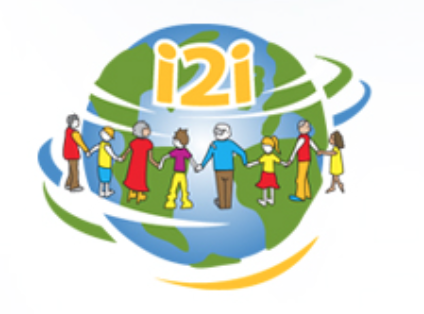Blog
- Details
The Knowledge-Sharing Project is less than three months away from its official release. Now more than ever, the opinions and recommendations of elder abuse stakeholders matter, as we shape this national hub for you.
- Details
Are you looking for financial literacy resources for seniors or do you manage a seniors’ group that would benefit from brushing up their knowledge on how to avoid financial abuse and fraud?
Many seniors are contemplating important questions such as “How can I ensure that my money will last through retirement? Should I be thinking about how to manage my financial affairs if at some point I can’t do it myself? What scams should I be aware of?”
To help answer those questions, the Canadian Bankers Association, in partnership with the federal Financial Consumer Agency of Canada, launched a new program called Your Money Seniors offering free financial literacy seminars to Canadian seniors across the country.
- Details
The CNPEA and CHNET-Works recently hosted a webinar on using social media to support your practice.
Your engagement and expectations were high and by the end of the webinar there was still much left to discuss. Here is a brief overview of the presentation, as well as a few guidelines to tackle socia media and a Q&A of all the questions that we did not have time to answer on the spot.
First a quick recap...
- Details
The CNPEA's Knowledge Sharing Project is designed to be an evolutive and collaborative tool for elder abuse practitioners. The KSP electronic hub exists to engage, support and champion the elder abuse community of practice.
- Details

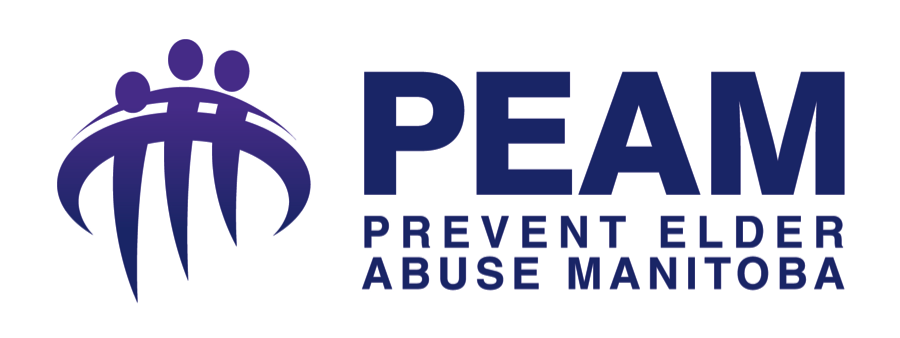

Financial abuse of older adults is the most common type of elder abuse in Canada. With the necessary knowledge and skills, employees at financial institutions can play a key role in detecting and preventing financial abuse of their older members.
Page 50 of 55






